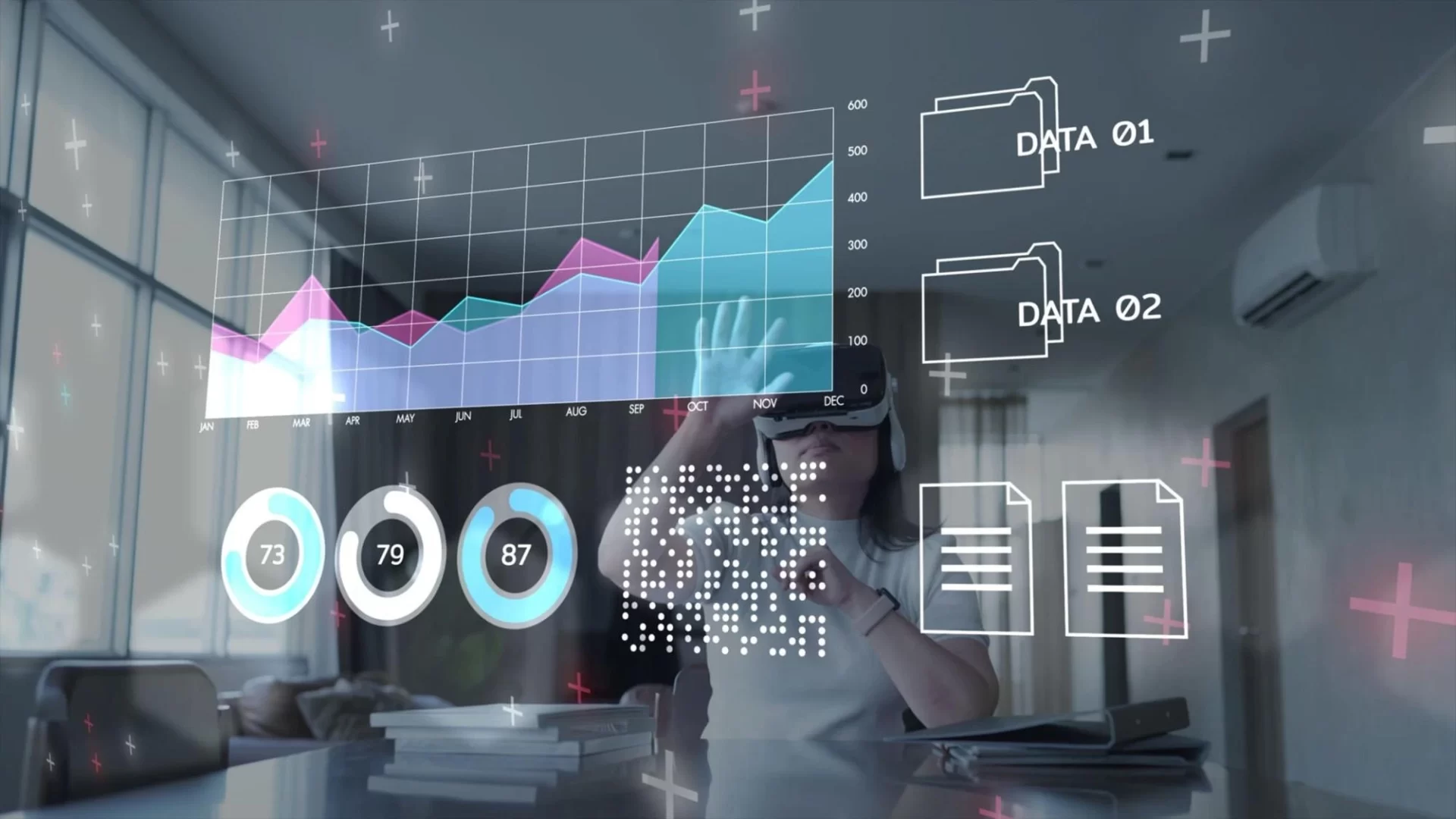In today’s data-driven world, the ability to effectively visualize and interpret data is crucial. This is where data visualization services come into play. They transform complex data into visually appealing and easily understandable formats, enabling businesses to unlock valuable insights and make informed decisions. In this comprehensive guide, we delve into the world of data visualization, its importance, types, tools, and best practices.
Understanding Data Visualization
The Power of Data Visualization
Data visualization is the graphical representation of information and data. By leveraging visual elements like charts, graphs, and maps, data visualization tools provide an accessible way to see and understand trends, outliers, and patterns in data. This visual approach allows non-technical audiences to comprehend complex data without confusion.The Role of Data Visualization Services
With the advent of Big Data, data visualization services have become indispensable. They help analyze massive amounts of information and make data-driven decisions. These services not only simplify data interpretation but also enhance data interaction, making it easier to identify correlations and trends.Advantages and Disadvantages of Data Visualization
The Benefits of Data Visualization
Data visualization offers numerous benefits. It enables quick identification of trends and outliers, facilitates effective data storytelling, and promotes interactive exploration of opportunities. Moreover, it aids in visualizing patterns and relationships, thereby simplifying data interpretation.Potential Pitfalls and How to Avoid Them
Despite its advantages, data visualization can sometimes lead to misinterpretation or misrepresentation of data, especially when the data is presented in an inappropriate format. To avoid such pitfalls, it’s essential to choose the right type of visualization that aligns with the nature of your data and the message you want to convey.Types of Data Visualization
Common Types: Charts, Graphs, Maps
Charts, graphs, and maps are common types of data visualizations. They are versatile and can represent various data types, making them a popular choice for many businesses. For instance, bar charts are excellent for comparing different groups, while line graphs are ideal for showing trends over time.Advanced Types: Heat Maps, Treemaps, Geospatial Visualizations
Advanced types of data visualizations like heat maps, treemaps, and geospatial visualizations offer more sophisticated ways to represent complex data. Heat maps, for example, use color gradients to represent data values, making it easy to spot patterns and correlations at a glance.Data Visualization Tools and Software
There are numerous data visualization tools and software available, ranging from simple to complex. Choosing the right tool depends on your specific needs, the nature of your data, and the insights you want to derive. Some popular data visualization tools include Microsoft Power BI, Tableau, and QlikView. According to Forbes, the best data visualization tools of 2023 include features like easy learning and usage, access to several different graph and chart types, data exportation into different formats, interactivity, plugin support, and compatibility with many different devices.Best Practices in Data Visualization
Creating effective data visualizations requires a blend of science and art. Here are some best practices to consider when designing your visualizations:1. Choose the Right Charts and Graphs
One size does not fit all when it comes to data visualization. It’s crucial to choose the right format that best tells your data story. Whether it’s bar charts for comparing categories or line graphs for showing trends, the right chart can make all the difference. Sometimes, combining related charts can lead to deeper exploration and more insightful business decisions. You can learn more about different visualization formats from this Tableau guide.2. Use Predictable Patterns for Layouts
Humans naturally seek patterns. Ensuring that the order or format in which you present data makes sense to viewers can significantly enhance understanding. Whether it’s numeric, alphabetical, or sequential, a predictable pattern helps viewers process information faster.3. Use Color Cues
Color can convey a lot of information without using words. However, it’s important to keep it simple. Use color to highlight and accentuate information. Too many colors can create confusion, while using a single color or too many shades of one color can cause the data to blend. Intuitive colors that make sense to the viewer can help them process the information faster.4. Incorporate Contextual Clues with Shapes and Designs
Context helps us decipher information at first glance. Using subject matter shapes can tell a compelling story. For example, using animal silhouettes in a chart about endangered species makes the data more interesting and intuitive.5. Use Size to Visualize Values
Size can help emphasize poignant information and add contextual clues. Using size to indicate values also works well with maps. When you have several data points of the same size on a visualization, they blend together, making it difficult to differentiate values. Making size relative to value, and adding color as another marker, makes the visualization easier to navigate.6. Apply Text Carefully and Intentionally
Your choice of text can improve your visualization. While too much text can be distracting, sometimes relying only on visuals doesn’t suffice. When using text, make sure it points out important details. Applying text where it really counts can make a major difference.

